Updated CIBSE guide shows how to cut energy bills by 20%+

CIBSE president David Fisk has called for greater recognition of the need to deliver energy-efficient buildings at the launch of the latest version of ‘CIBSE Guide F: energy efficiency in buildings’. Prof. Fisk said, ‘CIBSE Guide F shows how 20 to 30% can be knocked off energy bills by good engineering and informed, effective facilities and energy management.
‘At a time of energy prices rising to pay for new infrastructure, when companies are making plans to meet the Carbon Reduction Commitments and when the UK, for the first time in its history, is a net importer of its energy, focusing on energy efficiency is the key for owners of new and existing buildings.’
This latest guide includes a new section on developing an energy strategy. It reflects the changes to planning policy, which now include targets for reducing carbon-dioxide emissions from new developments and the need to submit a detailed energy-strategy report as part of the planning application.
In addition, the section on energy-efficient refurbishment has been expanded in recognition of the pressing need to upgrade the existing building stock and the opportunities to improve performance.
The last edition of this guide was published in 2004, and this latest edition incorporates the new and revised guidance that has been published since 2004.







